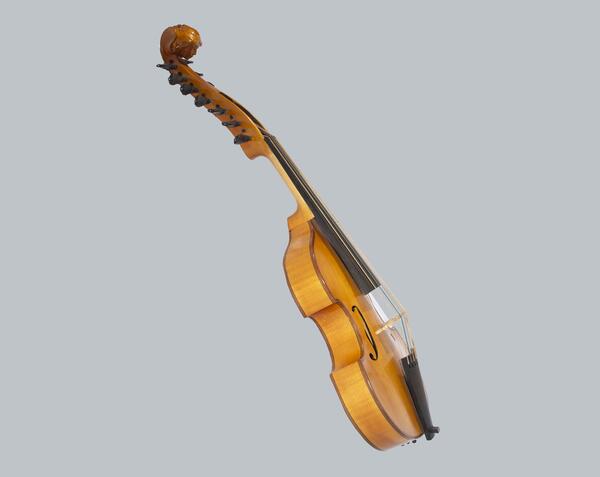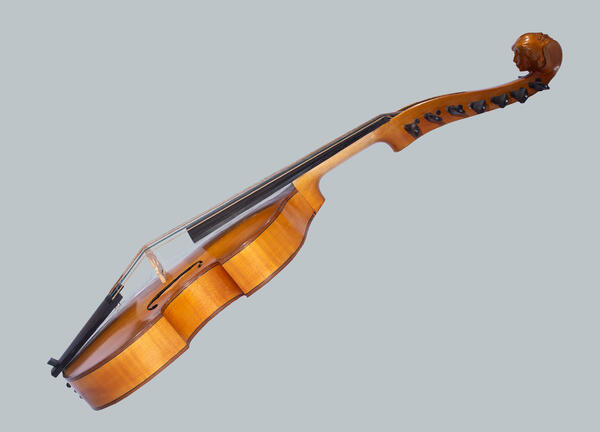The viola d’amore appeared in Italy during the Baroque era, at the turn of the 17th century, and gained great popularity over the course of the following century. By the end of the 18th century, the soft and muted sound of the “viola of love” gave way to the brighter tone of the violin; however, musicians did not abandon the violin’s predecessor completely.
The 19th-century French violist Chrétien Urhan achieved such great success performing with this instrument that he inspired the German composer Giacomo Meyerbeer to write a viola d’amore solo for Raoul’s romance in his 1836 opera “Les Huguenots”.
In the 20th century, there was a revival of interest in early music. Still, even nowadays, the viola d’amore is quite rare. Leonid Pateyuk, a contemporary composer, musician, and viola d’amore player, said in an interview with 2×2.su that the International Viola D’amore Society includes around 120 musicians from all over the world, while in Russia, only three or four musicians play this instrument.
Unlike similar instruments used nowadays, the viola d’amore has 12, sometimes 14 strings arranged in two groups: metal playing strings and gut sympathetic strings. The sympathetic strings are not played directly by the bow but vibrate in sympathy with the main strings and the body, adding a characteristic velvety timbre, and creating the impression that there is a whole orchestra playing. The viola d’amore is supported by the shoulder, just like the violin. The violist Leonid Pateyuk has said that the instrument’s sound is characterized by “a sense of flying and unique poignance”.
The displayed instrument was made by Vladimir Skubenko, one of the first students of the famous violin maker Denis Yarovoi.
In 1989, the instrument was purchased by Barnaul
Music College for both teaching and performing purposes. At concerts of the
“Ars longa” ensemble led by Vladimir Anisimov, the viola d’amore was played by
Anna Merkulova, the college’s graduate, and a well-known Russian and Swiss
violinist. Anna Merkulova has also written a fairy tale dedicated to the
unusual instrument, “The Royal Instrument, or the School of Playing the Viola
D’amore”, which has received a warm welcome from readers.



